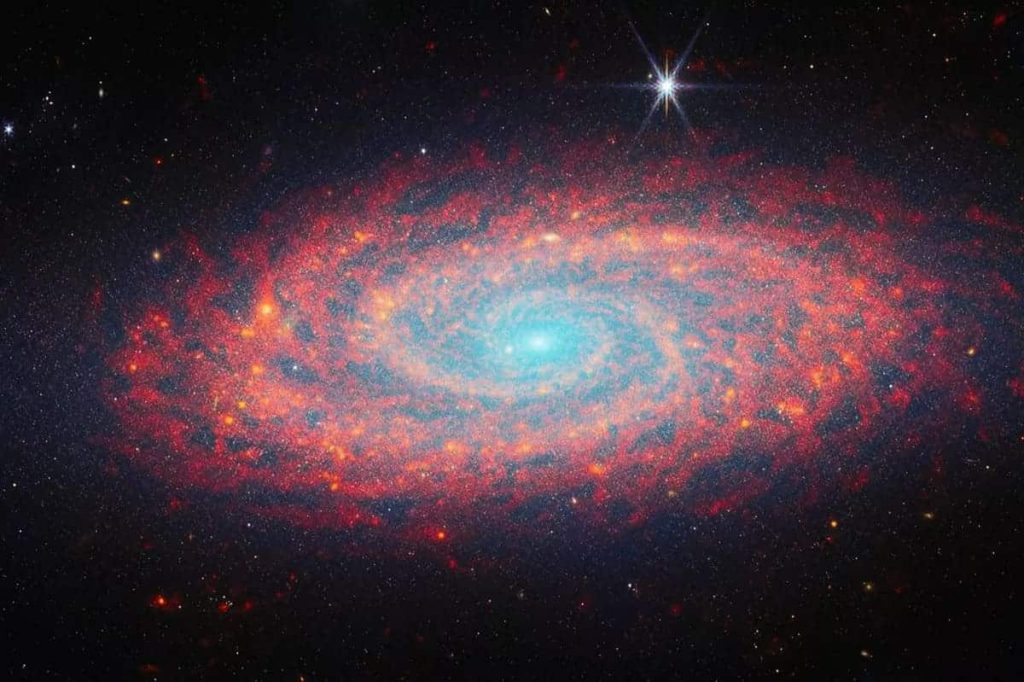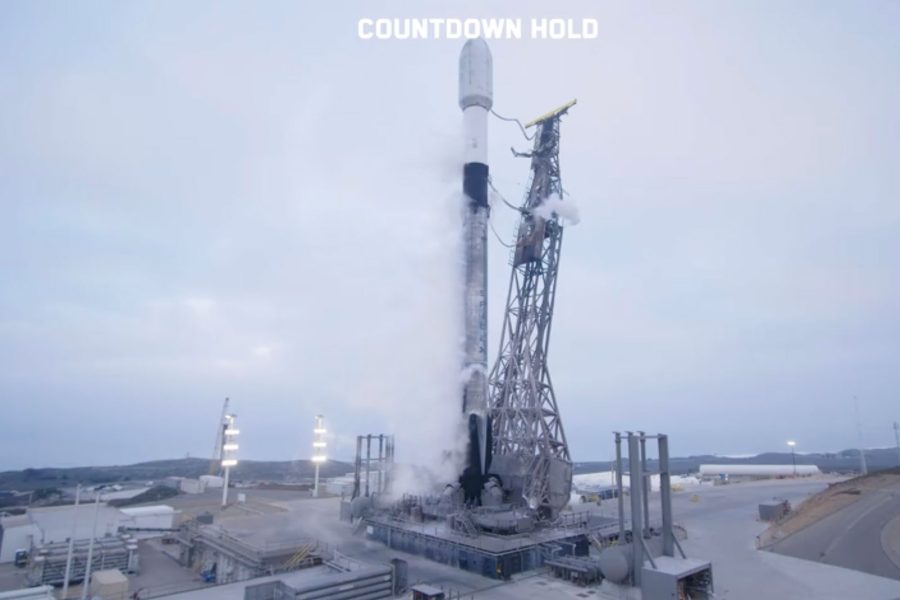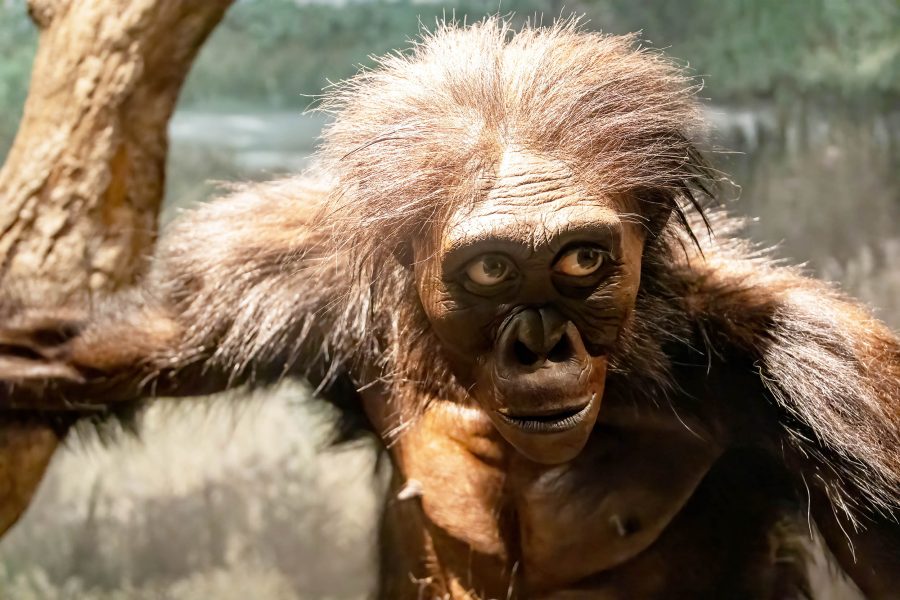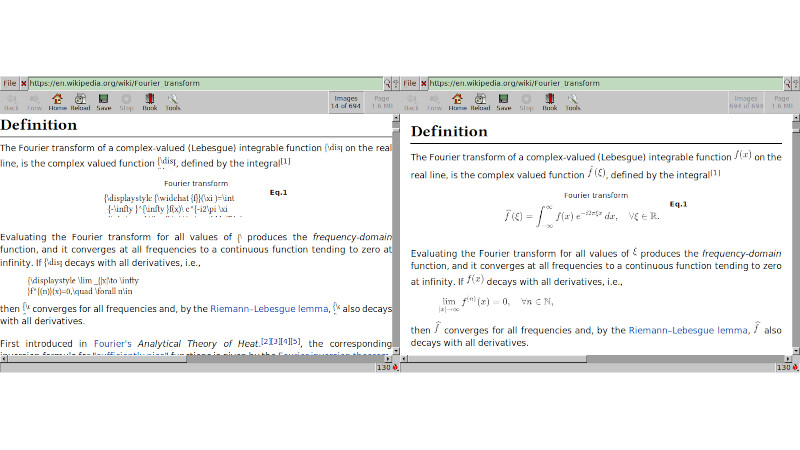A Telescope More Powerful Than James Webb Will Capture Images of Unprecedented Quality – Jason Deegan

The James Webb Space Telescope has been awe-inspiring since its 2021 launch, delivering breathtaking views of distant galaxies and offering insights into the early universe. But another groundbreaking telescope is about to join the fray, bringing a fresh perspective and tackling challenges Webb wasn’t designed to address. The Vera C. Rubin Observatory, perched high in Chile’s Andes mountains, promises to revolutionize how we see and understand the universe.Located 2,700 meters above sea level on Cerro Pachón, the Vera C. Rubin Observatory boasts a 3.2-gigapixel camera—the most advanced of its kind. After 25 years of planning and development, this technological marvel is ready to start scanning the skies in February 2025. Unlike Webb, which focuses on the infrared spectrum to peer deep into space and time, Rubin is designed for a different mission: continuously mapping vast sections of the night sky.Rubin’s three-mirror design enables it to observe enormous swathes of the cosmos, revisiting each section every three days. This rapid cadence will allow it to monitor the movement and brightness of objects like asteroids, stars, and galaxies, making it invaluable for tracking dynamic phenomena and potential threats to Earth.PinThe Rubin Observatory will produce a staggering 20 terabytes of data every night, cataloging close to 20 billion galaxies over the course of a decade. This unprecedented data volume is key to addressing some of astronomy’s biggest mysteries, including the elusive nature of dark matter and dark energy, which together account for 95% of the universe.With such vast capabilities, Rubin will contribute to an array of scientific fields. From tracking potentially hazardous near-Earth asteroids to cataloging variable stars and discovering new cosmic phenomena, this observatory will help astronomers piece together the puzzle of the universe’s structure and evolution.The Vera C. Rubin Observatory is a testament to international cooperation. France, for instance, played a vital role in the design of its ultra-high-definition camera, and the terabytes of data it collects will be processed and stored on servers in Lyon. This collaboration mirrors the teamwork behind the James Webb Telescope, highlighting the global nature of modern astronomy.While James Webb excels at zooming in on specific targets with unparalleled clarity, Rubin’s strength lies in its ability to monitor the big picture. Its sweeping sky surveys will provide crucial context for Webb’s deep-dive investigations, ensuring no corner of the universe goes unnoticed.For instance, Rubin’s systematic sky monitoring could help pinpoint the location of transient events, like supernovae or gamma-ray bursts, enabling telescopes like Webb to focus on them quickly. This complementary relationship ensures that the two observatories will work together to deepen our understanding of the cosmos.One of Rubin’s most tantalizing missions is its potential to uncover the long-theorized but elusive ninth planet in our solar system. By continuously scanning the skies over ten years, the telescope will track billions of stars and other celestial objects, providing the most detailed map of our cosmic neighborhood ever created. This extensive survey could reveal hidden objects at the edges of our solar system and unlock secrets about planet formation and galactic dynamics.As the Vera C. Rubin Observatory prepares to come online, excitement is building in the astronomical community. Its ability to deliver high-resolution, wide-field imagery will not only complement existing telescopes like James Webb but also open new avenues of exploration. From the search for dark matter to monitoring near-Earth asteroids, Rubin’s contributions promise to reshape our understanding of the universe.This telescope isn’t just a tool for scientists—it’s a window for humanity to glimpse the cosmos in ways we’ve never imagined. With its launch, we stand on the brink of a new era of discovery, one where the mysteries of the universe come into sharper focus than ever before. The stars may remain distant, but their secrets are about to get a little closer.Comment Save my name, email, and website in this browser for the next time I comment.
Stay updated with the latest in technology. Whether you’re into gadgets, AI, cybersecurity, or the Internet of Things, we’ve got you covered. Our team delivers in-depth analysis, product reviews, and tech guides to help you stay informed and make smart choices in the fast-evolving world of tech.Contact: contact@jasondeegan.com
Call Us: (800) 555-0224
6th Ave New York, New York State, United States





